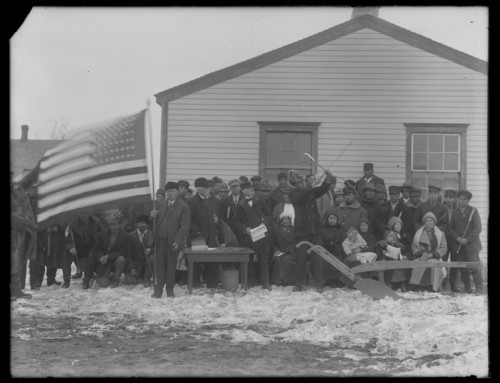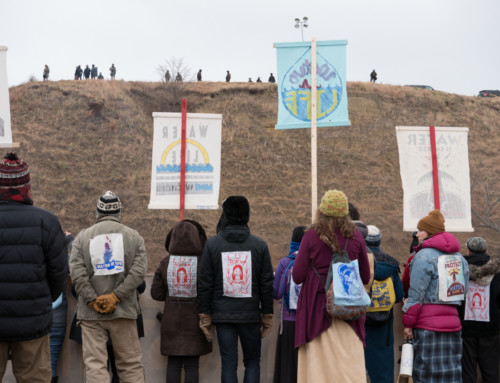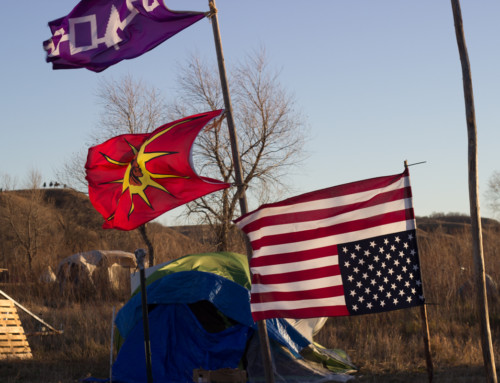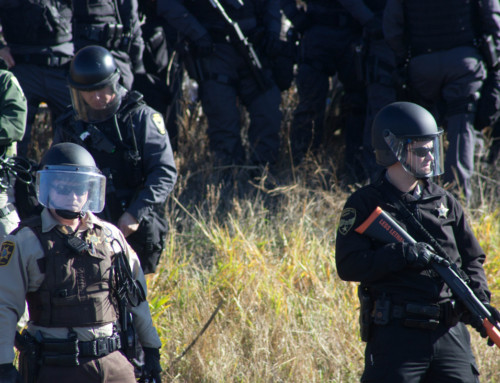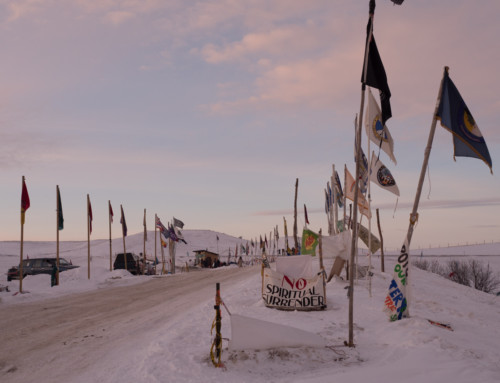Experiences from living with the Quechua
*Images may not view correctly on iOS devices- error to be resolved when not on an active project.
I was given the blessing of living in a Quechua community in Ecuador for 1 month as I learned more about what my future life path would be. I am trying to reach out to them to see if they have an official comment on the Standing Rock Spirit Camps, but communication is difficult as they are very remote in a village at an elevation of 12,000 feet. The Quechua are one of the First Peoples of what is now Ecuador, Bolivia, Columbia, and Peru. Read More on the Quechua
I want to reflect on some pieces of my time with them and what they taught me about life. (with a focus on relating it to Standing Rock). The main work around the village is farming which is done mostly by hand and some donkeys, but some initial plowing is done by tractor though many of the hills and fields are inaccessible for tractors. The major crops are Quinoa and Potatoes (both native plants were first discovered here in the Andean Region). This is a welcoming community with a deep concept of family and an ongoing exploration of combining modern and traditional ways of life. Food is at a surplus and some is traded to provide educational opportunities for the children (some of which are becoming engineers and doctors).
Some of the photos are carousels. Click on the photo or use the arrows to navigate through the series.
One day, I went down to the river with my siblings, Segundo and Blanca (of the Quechua family I was adopted into). Segundo brought a net and a book bag to catch fish and he waded up the river the whole morning. He was catching fish for a fish fry as it was a festive time in mid-December.
While Segundo fished, Blanca showed me all that makes this river special from her perspective as we walked along the bank. We saw 3 leaf clovers with petals as big as playing cards. We would go high on the cliffs overlooking Segundo and then we would walk low by the river. We stuffed our noses with Eucalyptus leaves and came upon a mineral water spring trickling into the river. She had pulled a reed up in preparation for the spring to make a straw for us.
She carefully placed the straw in the stream of water to not get hardened mineral deposits in the flow and began to drink. Then she told me to drink. I obliged, and then we collected water in a canteen to take back to our grandmother who was sick in the village. Certain springs are known to have healing effects for specific conditions and it is an expectation within the village to carry some back for the benefit of the infirm.
What healing power is in this water? Could it simply be the uplift and satisfaction of drinking from the spring that your family has used for thousands of years? And what about the connection for Segundo to fish in the stream that his father and even further foreparents grew up fishing in? This is a people that live self-sufficient lives and have no real dependence on oil for their existence yet they still contend with various forms of pollution and other damaging effects to their way of life. I do not know what they would say about the exact situation at Standing Rock, but I know that they value their river and fishery. They value the purity and healing potential of the mineral springs and the plants and herbs of their region. They value things that some don’t even know the taste of.
Some will say that I “drank the koolaid”, but I must clarify: I drank life that day and it began to heal much more than the physical. That water went straight to the spirit.
How could I to tell any community to risk losing these pieces of life?












